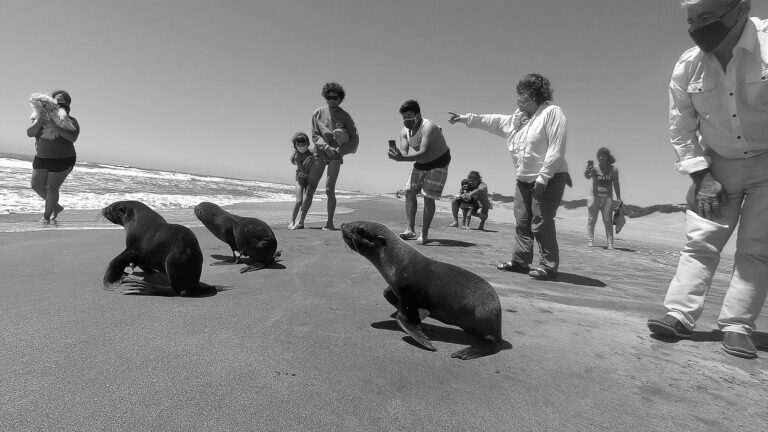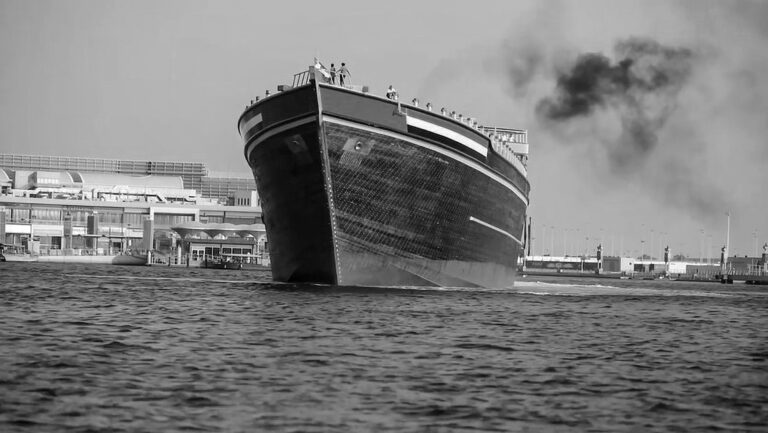Coastguard divers planning to plug a leak on a sunken British oil tanker from World War II say the problem is more complicated than expected because there is still a large amount of unexploded ordnance on board.
These images show the effect the leaking oil is having on local wildlife but the British government has reportedly distanced itself from the problem and refused to do anything other than offer advice.
The ship, which was sunk in the closing stages of World War II, has been a constant problem for Icelandic authorities ever since, and they have spent decades trying to prevent the frequent leakages.
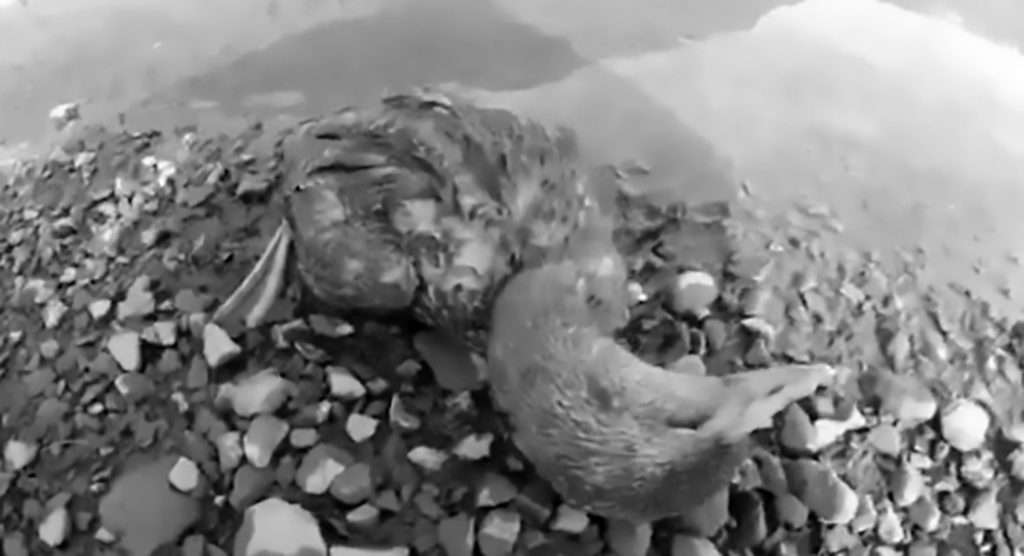
Last week, they confirmed plans to plug the holes in the rusting oil tanks with concrete but this is now complicated by the presence of unexploded ordnance on board, the coastguard said in a report.
They had asked British authorities for assistance in dealing with the problem, but the British officials had pointed out that it was no longer clear that it was still British owned, and therefore declined to become involved apart from offering advice.
Divers managed to remove 23 unexploded shells from the aircraft guns on board the vessel and these were neutralised after being brought to the surface. But the latest estimate is that there is a considerable amount of munition still remaining on board the ship, posing a threat to divers and to the environment if they further damage the vessel.
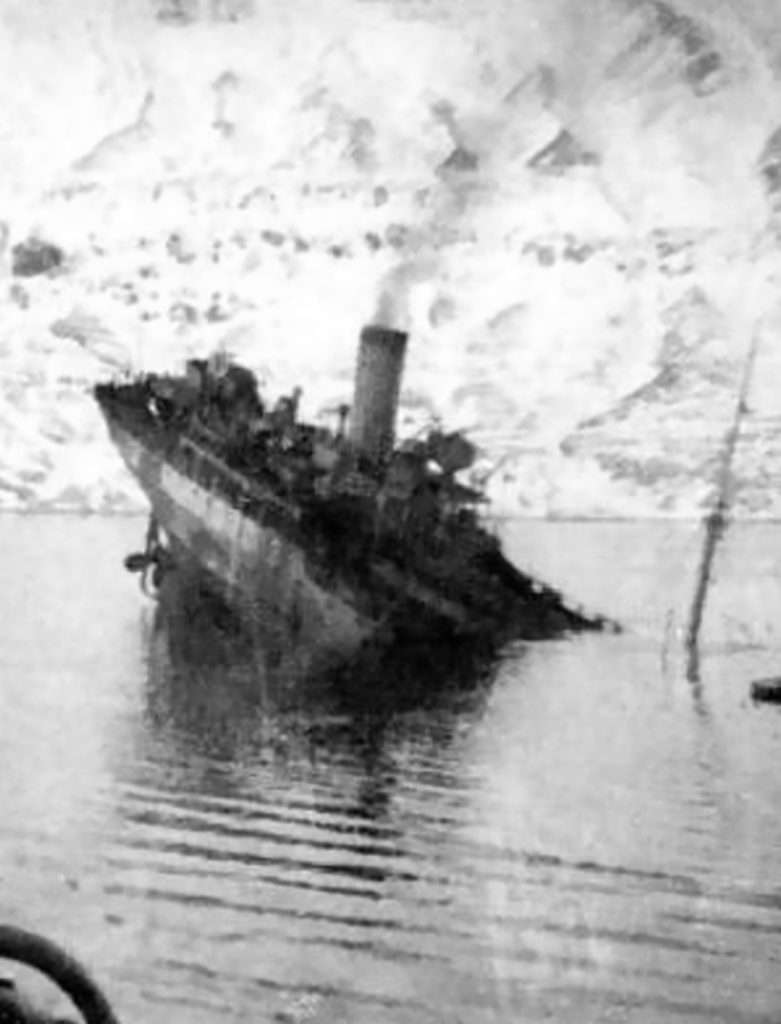
The ship, the SS El Grillo, was sunk off the coast of Seydisfjordur in the Eastern Region of Iceland after it was damaged during a German air attack in February 1944. El Grillo’s captain decided to scuttle the vessel to stop it becoming a further target along with other ships at Seydisfjordur.
It was listed as a steamship which was a Defensively Equipped Merchant Vessel, and it sunk without casualties whilst anchored at Seydisfjordur. It was carrying a cargo of bunker oil when it was badly damaged by three German Focke-Wulf Fw 200 Condors.
Gudmundur Ingi Gudbrandsson, Iceland’s Minister for the Environment, was given authority last week for 38 million ISK (212,000 GBP) to seal the ship’s ruptured hull with concrete and prevent more leakage.
It was also revealed that previous efforts to pump the oil from the ship were made in 1952 and 2001, but that around 15 tonnes of oil remained which have insured leaks have intermittently continued.
Last summer oil leaks from the wreck, which is a popular diving spot, became an issue again when divers from Iceland’s Coast Guard found that the hull of the ship had corroded badly.
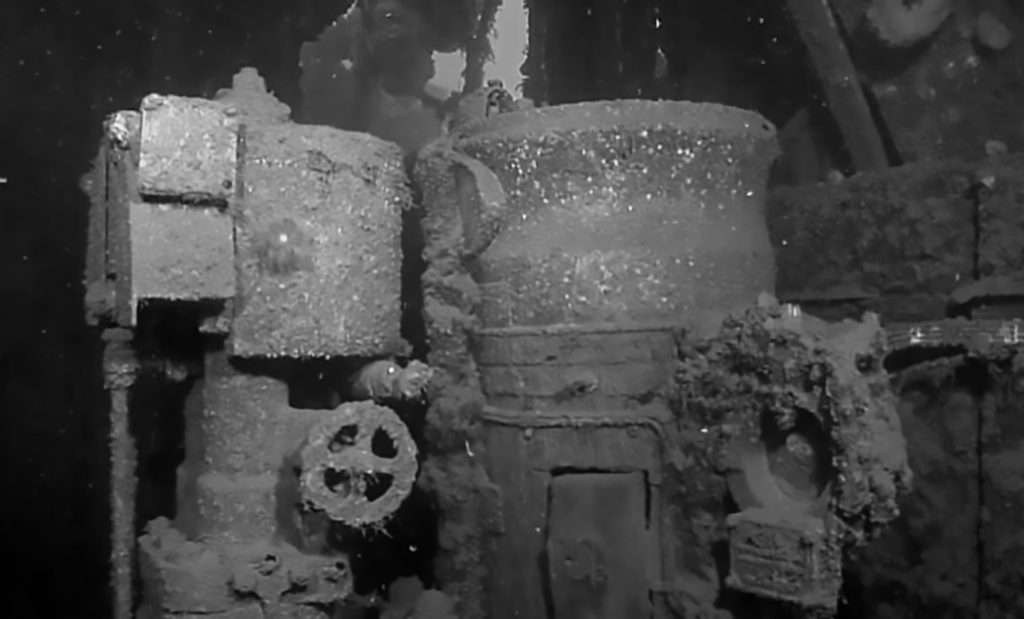
El Grillo oil tanker sink by german airplane 
El Grillo oil tanker sink by german airplane
The oil spill is reportedly having a severely detrimental impact on local wildlife.
Aoalheiour Borgþorsdottir, the local mayor, labelled Seydisfjordur “the country’s most polluted fjord” and is illustrated by posting photos of oil-covered birds in order to raise awareness of the problem.
The experts are now in the process of filling the tanks with concrete to prevent more leakages, while a valve in the concrete will allow oil to be pumped from the ship in future if needed.
To find out more about the author, editor or agency that supplied this story – please click below.
Story By: Michael Leidig, Sub-Editor: Joseph Golder, Agency: Central European News
The Ananova page is created by and dedicated to professional, independent freelance journalists. It is a place for us to showcase our work. When our news is sold to our media partners, we will include the link here.


